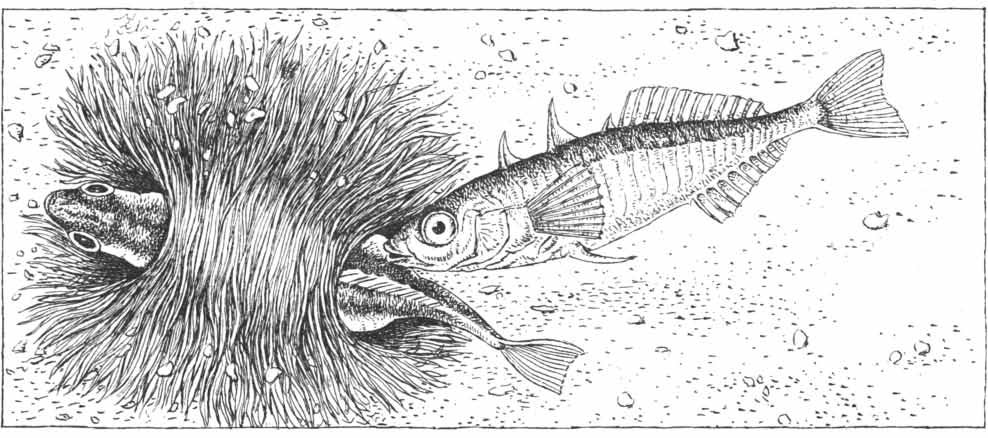| ||
 | ||
|
| ||
|
| The Nobel Prizes | |||
 The stickleback: a small fish with an elaborate courtship ritual neatly described by Nikolaas Tinbergen in 1952. | |||
|
|
Pankaj Sharma is one of the world's premier speakers on Leadership and Personal Mastery. As a presenter, Sharma has the rare ability to electrify an audience yet deliver uncommonly original and useful insights that lead to individuals doing their best work, teams providing superb results and organizations becoming unbeatable. Pankaj Sharma is also a Research Scientist.
| ||
 | ||
|
| ||
|
| The Nobel Prizes | |||
 The stickleback: a small fish with an elaborate courtship ritual neatly described by Nikolaas Tinbergen in 1952. | |||
|
|
Explore the stunning night sky over the Canary Islands | Best telescopes to see the planets in 2026 Created fo...
